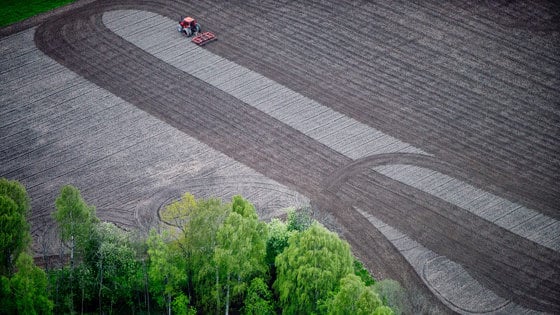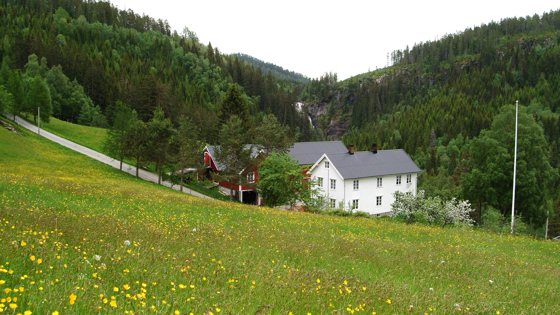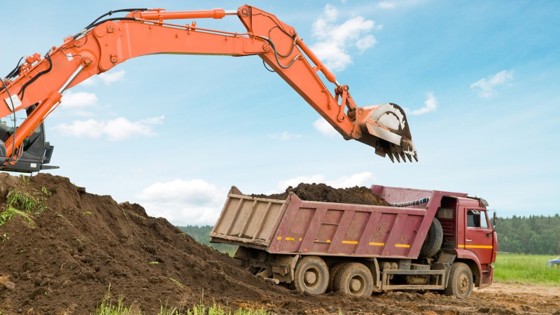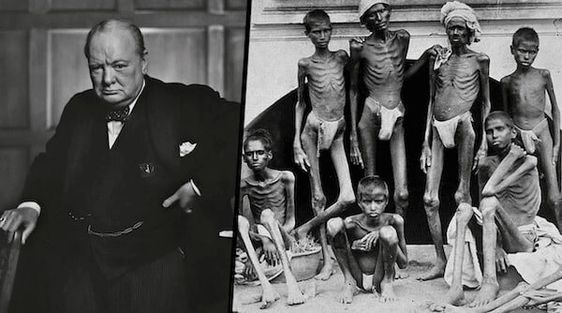COMPREHENSIVE PLAN: The total plan areas are 7,260 acres and border to Flesland airport in the west. A total of 1,000 acres of agricultural land are lost for housing and business purposes.
All the major cities in Norway is surounded by some of the best soils for agriculture, hence why the cities is placed where they are in the first place. This means that agriculture on these soils often dates back to the 13. century. Still agriculture soil only counts for 3% in Norway far less than most countries we like to compare us with.
As the worlds population increases soil protection has become a central issue. The 68th UN General Assembly declared 2015 the International Year of Soils (IYS) (A/RES/68/232). All political parties in Norway approve of the importance of this matter, however at a local level more and more land is being used for other purposes. Bergen kommune wanted until resently to preserve the agricultural soil at Liland near Flesland Airport but have now redesided.
Articles in Bergens Tidende and NRK (in norwegian) :
https://www.bt.no/nyheter/lokalt/i/OwJnE/1000-dekar-med-dyrkbar-jord-skal-asfalteres?r=3
https://www.nrk.no/hordaland/jordbruksomrade-tilsvarande-140-fotballbanar-blir-asfaltert_-_-ein-skandale-1.13715177
https://www.bt.no/nyheter/lokalt/i/BoXov/Varsler-omkamp-om-matjord
The relevant papers from the municipalacy of Bergen regarding this matter
https://www.bergen.kommune.no/politikere-utvalg/#/sak/200463
Facts on the amount of soils for agriculture in Hordaland:
http://fakta.skogoglandskap.no/media/files/documents/Arealstatistikk/folder1/12_Hordaland.pdf?apptype=1
Soil Protection: Bergen kommune paves 1.000 acres soil contrary to national targets
The following text is captured from the Norwegian Governments internet page on Soil protection Regjeringen.no :
Soil protection
Compared to many other countries, Norway has limited areas of arable land. Safeguarding food production requires strong soil protection measures, combined with better utilization of available farmland.However, soil conservation must be balanced against other requirements. Facing future challenges, therefore, requires a comprehensive soil protection strategy.
Soil conservation
Soil conservation aims to safeguard that it is possible for the population, now and in the future, to grow their own food on their own soil.

Compared to many other countries, Norway has limited areas of arable land. Safeguarding food production requires strong soil protection measures, combined with better utilization of available farmland.
Farmland is a scarce resource. Only three per cent of Norway’s land area is currently being cultivated – including croplands and cultivated pastures – or about 10 million acres (1 acre = 1000 square meters).
Of this, only 30 percent is suitable for growing food grains. No EU country has a lower proportion. Today, 90 percent of agricultural land is used to grow animal feed for livestock, which provides meat, milk or eggs.
The total agricultural area in Norway has increased during the last 25 years, but the best land – suitable to grow grains, potatoes and vegetables – has been reduced. This is due to increased use of cultivated pasture, whereas farmlands many places has been reallocated or allowed to lie fallow.
Clearing new land
Norway has a limited reserve of areas for growing food grains. There are 12.5 million hectares of unused arable land, but these are mostly located in climate zones that are only suitable for growing grass and grain for animal feed.
Less than two percent of the unused land is located in areas suited to the cultivation of food grains. This is equivalent to not even half the area of Oslo.
About 35 percent of the remaining arable land is marsh. In many cases, bringing this land into cultivation the only way for the individual landowner to expand the production area, but this will increase the output of greenhouse gases. Also, the marshes are important for biodiversity.
Major challenges
It takes centuries to form good topsoil. Soil is thus effectively a non-renewable resource.
The importance of strong soil conservation policies has been a national issue since the early 1970s.
At the same time, population increase and the general progress of society has created a large demand for available land – particularly in near-urban regions, where the best topsoil is.
In reality, soil conservation must constantly be balanced against the need for housing and industrial development, new railway routes and roads. At times, the conflict level is very high, and the pressure on land resources is greater today than ever.
Improved planning and legislation
The many municipalities of Norway play an important role in safeguarding national and regional soil conservation requirements, as they bear the chief responsibility for land management at the local level.
Today, the Land Act and the Planning and Building Act regulate the municipal management of agricultural land.
The revised Planning and Building Act, in force since July 1. 2009, provides an increased number of measures for improving soil conservation. In recent years, soil conservation has been featuring more prominently in the planning of new transport infrastructure projects, as well as housing and industry developments.
To better the balancing of Norway’s diverse space requirements, the Ministry of Agriculture and Food is presently completing a new, comprehensive soil protection strategy.
Preservation of cultural landscapes
Agriculture contributes to the upkeep and preservation of cultural landscapes, a significant national asset, characterized by cultural and natural diversity.
 The Norwegian farmer is the steward of a cultural landscape shaped by generations of use. Credit: Aage Storsve
The Norwegian farmer is the steward of a cultural landscape shaped by generations of use. Credit: Aage StorsveFor thousands of years, human agriculture has provided a livelihood for a growing population. This activity has shaped the environment by cultivation of land, livestock grazing, and harvesting of fuel and raw materials from the forest.
This has created an environment with a wide range of assets, including domesticated plants, animals, insects and habitats, as well as cultural heritage – such as ancient buildings, burial mounds and thoroughfares.
Cultural landscapes are also important recreational areas for large segments of the population.
National heritage
The Norwegian farmer is the steward of a cultural landscape shaped by generations of use. Agriculture is thus crucial for maintaining a wide variety of traditions like building techniques, material science, crafts, customs and other featurs of the national cultural and historical heritage.
For instance, farms in Norway are the site of around one million buildings, a considerable part of Norwegian architectural heritage.
Wildlife habitats
Farmlands such as hayfields, pastures and rangelands are also habitats for a wide range of plant and animal species.
Many so-called indigenous plants and animals depend for their survival on the upkeep of farming practices, such as feed crops, grazing, burning and harvesting green-leaf forage.
Several species are in danger of extinction. Around 22 percent of all threatened and near threatened species in Norway have a substantial proportion of their populations in the present-day agricultural landscape or what is left of the former agricultural landscape.
Continuous change
Preservation of culture, heritage and biodiversity in the agricultural landscape require the continued utilization and maintainenance of farmlands.
Due to economic and technological developments, and changes in society at large, farming has been trending towards a more intensive, crop-based agriculture characterized by rationalization and efficiency.
From 1949 to 1999 the number of agricultural holdings decreased from 213.400 to 70.700. Since 1999, more than one third of the remaining farms have ceased to operate. Today there are fewer than 45.000 active farms in Norway. Several municipalities are currently without any active farms.
Where agricultural activities change or cease, the cultural landscape is also affected. Changing climate conditions will also impact these areas. Key areas become overgrown, irreplaceable heritage buildings are left to dilapidation, and species loss accellerates.
Close cooperation
In recent decades, the environmental and agricultural authorities have established a very close cooperation. Several policies to conserve the cultural landscape are in place.
Among other things, Norway was one of the first countries in Europe to establish a monitoring program for agricultural landscapes. The 3Q program was created under the auspices of the Norwegian Forest and Landscape Institute in 1998.
There is a strong popular interest in conserving the traditional landscapes of Norway’s countryside.
Reallocation of farmland
Sometimes it is necessary to reallocate agricultural land in order to meet other national requirements.
 Since World War II, at least 1.2 million acres (1 acre = 1000 square meters) cultivated and cultivable land has been reallocated to other purposes – on average, nearly 19,000 acres annually. Credit: Colourbox
Since World War II, at least 1.2 million acres (1 acre = 1000 square meters) cultivated and cultivable land has been reallocated to other purposes – on average, nearly 19,000 acres annually. Credit: ColourboxHistorically, it was always necessary to balance soil conservation against the need for housing, industrial and commercial development, new railway routes and roads.
It is a challenge that the best topsoil is found in near-urban areas, where the population increase is most rapid. This has sometimes led to allocation conflicts.
Reversing trends
Since World War II, at least 1.2 million acres (1 acre = 1000 square meters) cultivated and cultivable land has been reallocated to other purposes – on average, nearly 19,000 acres annually.
In recent years the trend has been reversed. In 2004 the objective of national soil protection policies was to reduce the annual reallocation of agricultural land by 50 percent by 2010. The target specified was that annual reallocation should be reduced to less than 6,000 acres (6,000,000 square feet) of cultivated land.
In 2011, the government then in power chose to continue this policy, and the goal was attained for the first time in 2013.
Increased pressure
Faced with the estimated population growth in Norway, the competition for land is bound to increase.
Oslo, for example, is one of Europe’s fastest growing cities. According to forecasts, the capital will reach 800,000 inhabitants in 2027, and one million in 2040.



38 Comments
Pingback: The World's Sustainable Gazette - Bergensia.com - Bergensia
Pingback: hydroxychloroquine sulfate tabs
Pingback: cheap plaquenil buy
Pingback: hydroxychloroquine long term
Pingback: trump's investment in hydroxychloroquine
Pingback: black rhino pill vs ivermectil
Pingback: ivermectin 1gr
Pingback: how to make homemade priligy
Pingback: stromectol over the counter walmart
Pingback: stromectol empty stomach
Pingback: largopen stromectol
Pingback: ivermectina mg
Pingback: stromectol 6mg
Pingback: Anonymous
Pingback: Anonymous
Pingback: ivermectin for sale humans
Pingback: stromectol cream
Pingback: stromectol tablets 3 mg
Pingback: ivermectin buy australia
Pingback: luckyland slots casino sign in
Pingback: online ivermectin
Pingback: stromectol pill
Pingback: ivermectin cost canada
Pingback: stromectol tablets uk
Pingback: ivermectin ingredients
Pingback: stromectol 12mg
Pingback: ivermectin nz
Pingback: ivermectin warnings
Pingback: cheap cialis india
Pingback: ivermectin syrup
Pingback: ivermectine arrow lab
Pingback: ivermectin in diabetic patients
Pingback: 3answered
Pingback: IKEA and the Norwegian Government should know better than to destroy the cornfield at Vestby - Bergensia
Pingback: relaxing jazz music
Pingback: blue punishers pill
Pingback: ฮวงจุ้ยบ้าน
Pingback: Plaid Bassetti günstig